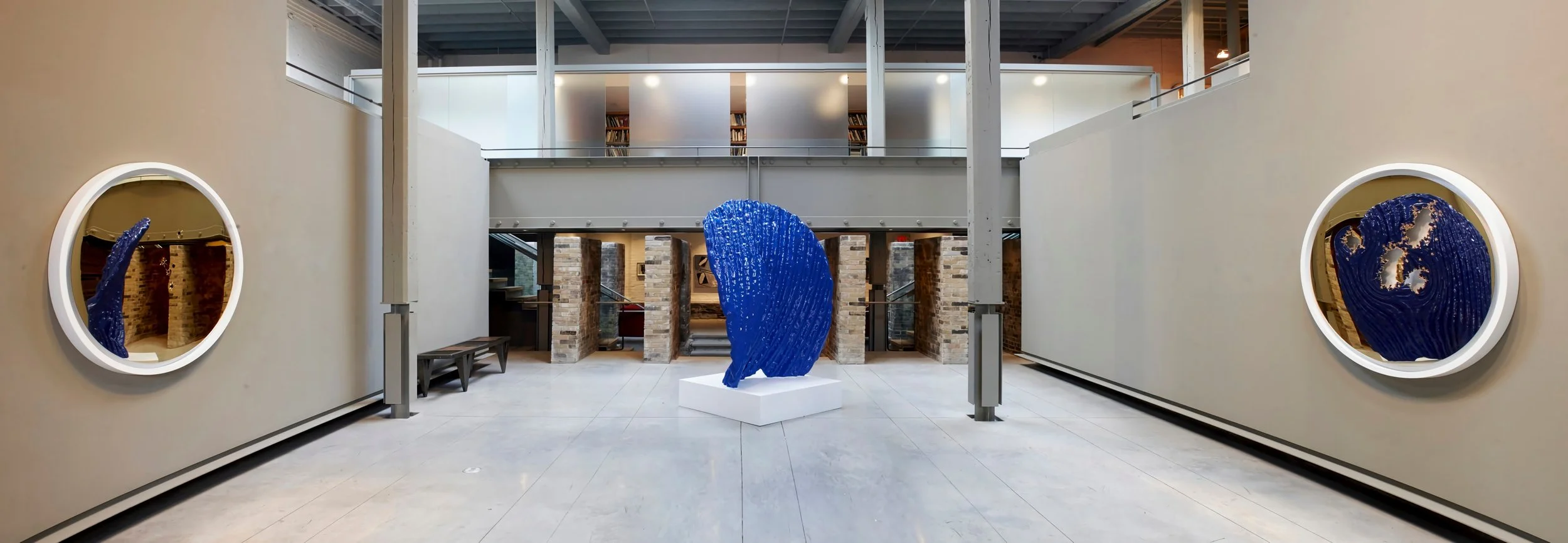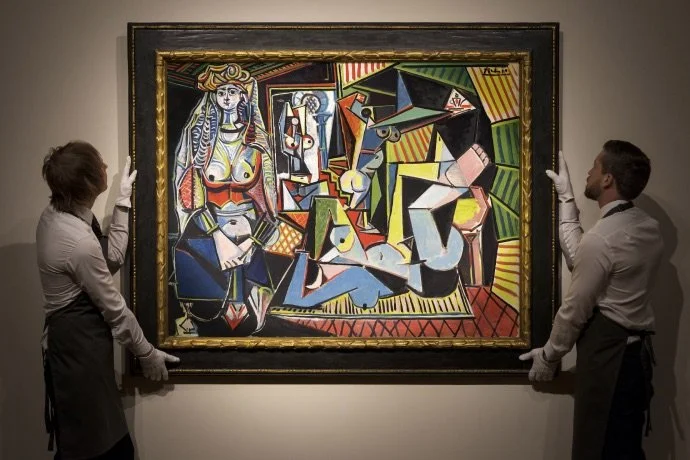The Art Market as a Stock Market: Understanding Artists Like Stocks
“Stop the Game” by artist Brendon McNaughton. UV cured ink on brushed aluminum. Creation Date, 2021. © Copyright 2025. Image Courtesy of McNaughton Estate.
The art market, much like the stock market, thrives on valuation, speculation, and long-term appreciation. Artists, like companies, can be categorized by their current market value, growth trajectory, and the demand for their work. For collectors and investors alike, understanding the parallels between artists and stocks can help demystify the art world and guide smarter investment decisions.
Let’s explore the art market through the lens of the stock market, breaking down artists into three key categories: emerging artists (penny stocks), established artists (mid-cap stocks), and blue-chip artists (blue-chip companies).
Emerging Artists: The Penny Stocks of the Art Market
Emerging artists are like penny stocks—early-stage investments with high risk but significant potential for reward. These artists are often fresh out of art school, showcasing their work in grassroots galleries or small, independent exhibitions.
Key Characteristics:
Market Position: No public auction records and limited market exposure.
Representation: Associated with small, grassroots galleries that champion emerging talent.
Investment Appeal: Highly affordable entry points, offering the possibility of discovering the next big name.
Risk Factor: Lack of established market presence makes these investments highly speculative.
Why Invest? Investing in emerging artists offers the thrill of supporting new talent and the possibility of significant appreciation. However, as with penny stocks, due diligence is crucial. Look for artists with a unique voice, consistent output, and critical acclaim from curators or art critics.
Established Artists: The Mid-Cap Stocks of the Art World
Established artists are the mid-cap stocks of the art world—recognized names with growing reputations, stable sales records, and representation by branded galleries. These artists have made a name for themselves but still have room to grow, making them attractive to both collectors and investors.
Key Characteristics:
Market Position: Represented by branded galleries and frequently featured in major exhibitions.
Liquidity: Public auction records provide some degree of transparency and resale potential.
Investment Appeal: A balance of growth potential and market stability.
Risk Factor: Market performance can fluctuate depending on trends and demand.
Why Invest? Established artists strike a balance between affordability and reliability. They offer collectors the chance to invest in works that are more likely to hold or grow in value while still being accessible compared to blue-chip artists. Their track record and gallery representation signal market confidence.
Blue-Chip Artists: The Giants of the Art Market
Blue-chip artists like Andy Warhol, Pablo Picasso, and Jean-Michel Basquiat are the Apple and Amazon of the art world—established, iconic, and consistently in demand. Their works are not just collected; they are traded as high-value, stable investments in the global art market.
Key Characteristics:
Market Position: Well-established with decades (or centuries) of recognition and a strong cultural legacy.
Representation: Often featured in major museums, top-tier galleries, and global auction houses.
Liquidity: Strong public auction records and a steady stream of buyers.
Investment Appeal: Viewed as a “safe bet” for diversification and long-term appreciation.
Risk Factor: High initial investment costs; returns are typically stable but incremental.
Why Invest? Blue-chip artists are the epitome of art market security. Their works consistently perform well at auctions, and their cultural significance ensures enduring demand. Collectors investing in blue-chip artists are not just buying art; they’re acquiring assets with proven market value and a legacy that transcends generations.
Navigating the Art Market Like a Portfolio Manager
For savvy investors, a balanced art collection mirrors a diversified stock portfolio. Here’s how to apply stock market strategies to art investments:
Speculative Growth: Allocate a portion of your budget to emerging artists (penny stocks). While risky, these investments have the potential for exponential returns.
Balanced Growth: Focus on established artists (mid-cap stocks) for stable yet promising investments. These works provide liquidity and long-term growth potential.
Stability and Prestige: Anchor your collection with blue-chip artists (blue-chip stocks). These works serve as a hedge against market volatility and elevate the status of your collection.
A Real-World Example: Picasso’s Journey from Penny Stock to Blue Chip
Imagine a collector in the early 20th century purchasing a painting by Pablo Picasso for $10,000 during his early, emerging years when he was equivalent to a penny stock. At the time, Picasso was gaining attention but hadn’t yet become a household name. Fast forward to today, Picasso’s works have become synonymous with blue-chip artists. A major painting by Picasso now sells for tens of millions of dollars at auction. For instance, his painting Les Femmes d’Alger sold for $179.4 million in 2015.
If that $10,000 painting appreciated to even $50 million over the decades, the return on investment would be 499,900%, an astronomical growth that underscores the potential of identifying the right artist at the right time.
The Bottom Line
Understanding the parallels between artists and stocks provides a fresh perspective on the art market, helping collectors make informed decisions based on their risk tolerance and investment goals. Whether you’re betting on the next breakout talent or securing a timeless masterpiece, the art world offers opportunities for both passion and profit.
Join the Asset Artist Collector Community Today!
Are you ready to invest in art that appreciates like a blue-chip stock? Join the Asset Artist Collector Community, where you’ll gain exclusive access to insights, early releases, and a curated selection of art designed to perform as durable assets on your balance sheet. Click here to join now and secure your place in a network that values art as a timeless investment!




